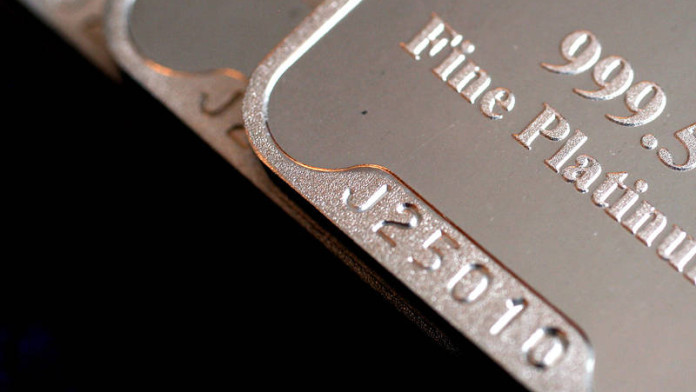
IMPALA Platinum (Implats) has lifted the curtain on the much-anticipated restructuring of its Rustenburg (Lease Area) operations, the outcome of which is a 230,000 ounce reduction in annual platinum production taking labour numbers down 13,000 to 27,000 in two years.
The effort will cost R2.7bn in restructuring. Implats said it had financial resources in place and remained “fully funded”. It will be funded from internal facilities.
“The only option for conventional producers today is to fundamentally restructure loss-making operations to address cash-burn and create lower-cost, profitable businesses that are able to sustain operations and employment in a lower metal price environment,” said Nico Muller, Implats CEO, in a statement.
The restructure is a heavy, if expected, blow to Rustenburg which is already reeling from Lonmin’s proposed closure of its old shafts which will see 12,000 jobs lost over five years, of which about 2,000 will be this year. In an economy where youth unemployment, including the discouraged, is nearly 70%, the Implats development is a knock of note.
Implats said, however, the restructure was a burning inevitability. It had been funding capital investment on the 16 and 20 shafts developments from cash flow, an equity raise, and a convertible bond issue totalling more than R10bn. “The group’s cash position at the end of the 2018 financial year has been further eroded by ongoing pipeline stock build (totalling R3.8bn) this year,” said Implats in its company statement.
In essence, the restructure sees Implats reduce the Rustenburg operating footprint to six from 11 operating shafts. The business impact will be a planned reduction in all-in unit cost to less than R24,500 per ounce for the 2021 financial year from R29,016 per platinum oz estimated for the 2018 financial year.
The restructure will also significantly lessen Implats’ capital burden.
Stay in business capital expenditure will be reduced to R2,000 per platinum ounce in 2018 terms from R2,800 currently. The impact on replacement capital will be even greater: reduced to R120m a year from the 2021 financial year from R820m a year currently.
LIQUIDITY
In order to keep its head above water whilst the restructuring kicks off, Implats has implemented a number of balance sheet related mechanisms. Supported by a R2bn forward sale of the R3.8bn inventory from the 2020 financial year, the group is also in discussions to convert existing bilateral debt into a single R4bn revolving credit facility.
In addition to cash on hand of some R2.2bn, and including the planned RCF, and the forward sale of the inventory, Implats reckons it has enough firepower on the balance sheet to sustain itself.
“Our recent strategic change initiatives, together with the implementation of the Impala Rustenburg transformation, positions the group’s portfolio exceptionally well for future profitability, even at current metal prices.
“It will significantly improve the position of the group to sustainably deliver improved returns to all stakeholders in the medium- to long-term,” he said.
ASSET SALES
Commenting in a media roundtable, Muller said Implats would consider possible sales of shafts. “We will develop a market programme to elicit interest from potential buyers,” he said, adding that – however – there was no “obvious Sibanye-Stillwater’ to take them.
“It might involve new entrants or smaller companies with a specific interest. We will have to develop certain criteria but we will entertain any interest,” he said. “Occasionally, we have had expressions of interest over the years so I don’t think it is an entirely dormant market. We will look at a range of options, including outsourcing operations … but it is difficult to judge,” he said.
More certain, however, was that the metal Implats proposed removing from the market was unlikely to have a major impact on the supply/balance equation, especially as the depressed platinum price was being heavily affected by sentiment, said Muller. “We must be clear that the market is very well supplied. We are currently the second largest [producer] and we believe we have to take responsibility for managing the markets.
“But I’m not convinced that this change will be big enough to change markets in a material way, but it is a step in the right direction,” he said. He estimated that an additional 600,000 oz to 800,000 oz a year would needed to be cut on top on what has already happened. “But then Styldrift comes on stream and Booysendal, but we need a swing in demand/supply equation over and above of what we’ve done.”
Goldman Sachs, which has long been bearish on the platinum market, agreed. “While the plan to cut production is a positive we highlight … the production cut is not big enough to balance the market,” it said in a report. “Note that Amplats has outperformed Impala by about 20% over the last month or so despite commodity prices going down.
“We believe that the market had already been pricing in a production cut and as such we don’t see this as being a big surprise today,” it said.
Said Muller: “I was surprised by lack of [platinum price] reaction to the 2013 strike. So I think sentiment is the more important factor”.








